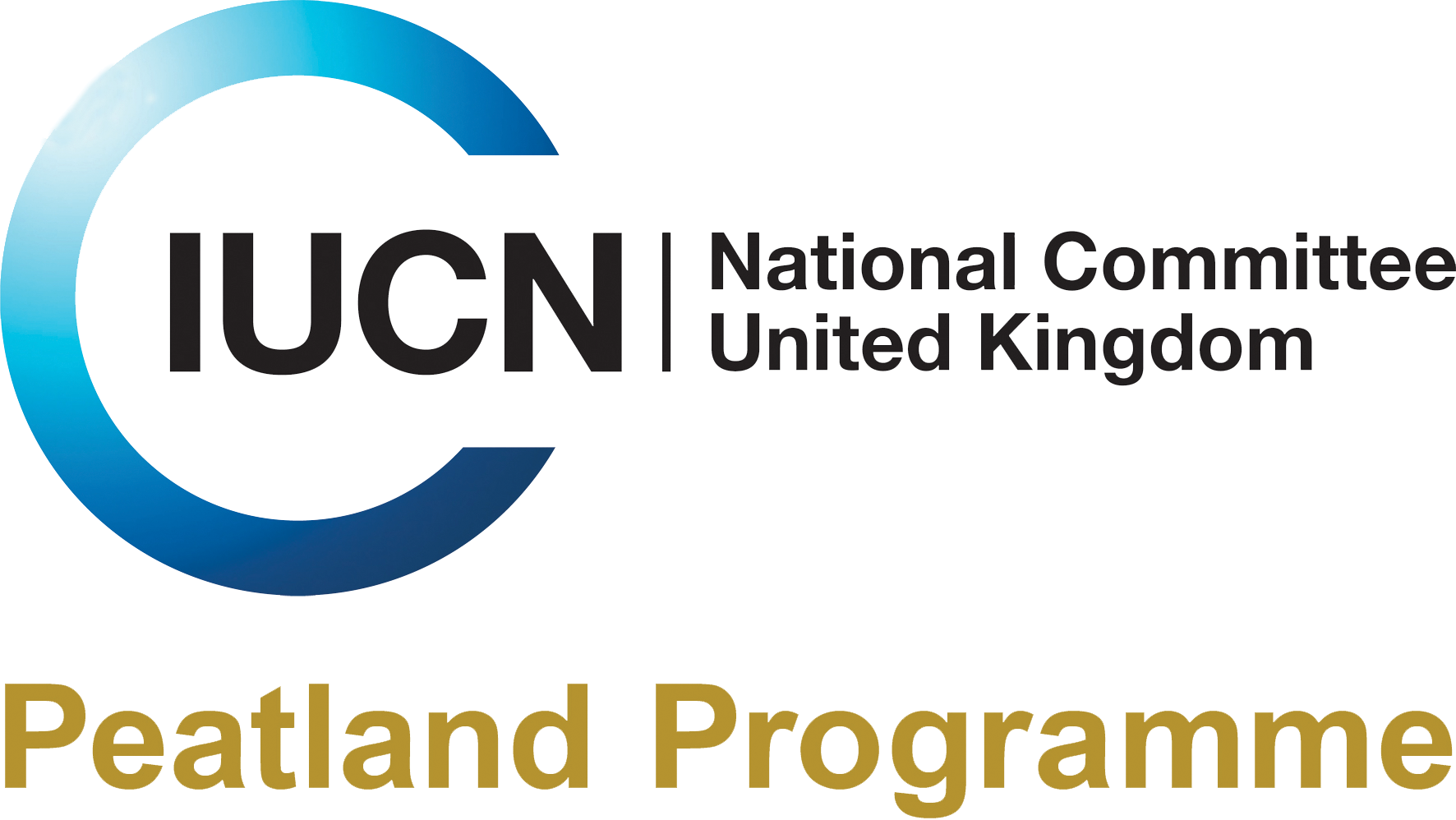Search
Search
Experts joins forces to stop bogs going down the drain
Scientists, land managers and industry officials are set to join forces in Edinburgh today (3 November) as a Commission of Inquiry investigates the steps needed to repair our important peatbogs…
Resources
Bog Day resources
New resource available: Explaining the impact of peatland drainage
A new video explaining the impacts of draining peatland on carbon emissions, hydrology and peat structure is now available.
Defra Commissioned Peatland Evidence Review
Natural Resources Wales announces new funding for peatland restoration
A new restoration fund, managed by Natural Resources Wales (NRW), was launched this week in an effort to help safeguard valuable peatlands.
New Year Honours for peatland specialist
Natural Resources Wales’ senior peatland specialist, Dr Peter Jones, has been awarded an MBE for services to Welsh peatlands and to the community in Wales.
Specially commissioned film celebrates 'The most important plant in the world'
The IUCN UK Peatland Programme has commissioned the first in a series of short films, celebrating the importance of peatlands and work to restore and protect them.
Peatland Code
The Peatland Code is a key component of the wider work of the IUCN UK Peatland Programme (IUCN UK PP), which has been promoting the restoration and sustainable management of UK peatlands since 2009. Through strong science, sound policy, effective practice, and collaborative partnerships, the Programme advocates for the many benefits peatlands offer from biodiversity and water quality to climate resilience.
Expression of Interest Opens for Defra-Commissioned Peatland Evidence Review
The IUCN UK Peatland Programme (IUCN UK PP) is pleased to launch the Expression of Interest (EOI) process for a major Defra-commissioned project: Strengthening the Evidence Base for Peatland…
Eyes on the Bog monitoring at the Water Works project
A new set of monitoring equipment has been installed at the Water Works project site in East Anglia, by our Eyes on the Bog Champion, Jack Clough of the University of East London.
